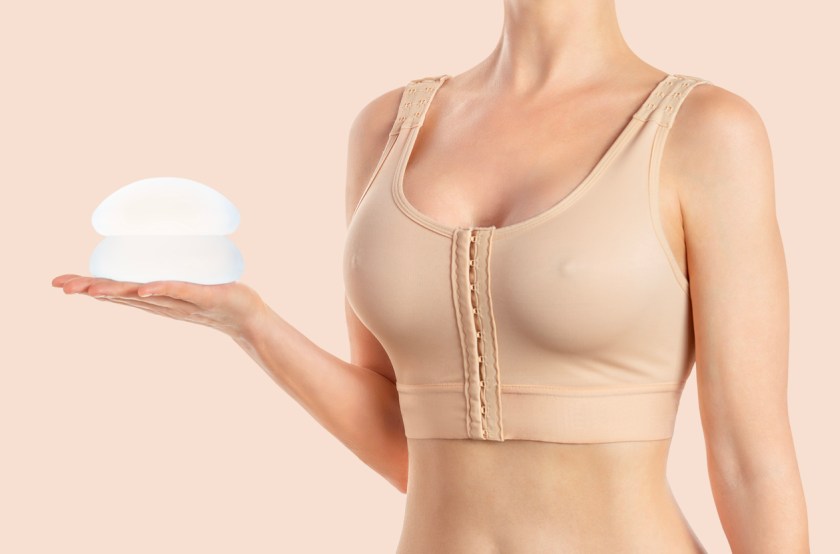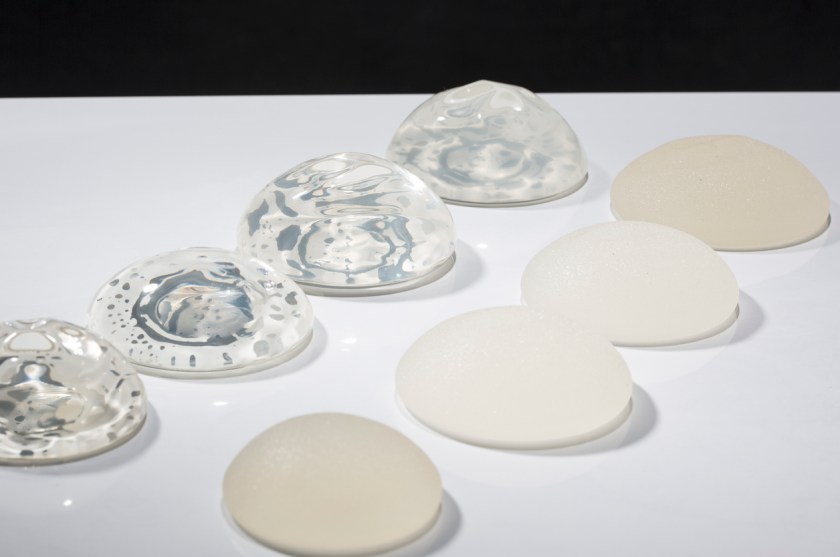Dr Senthil Supramaniam (Medical Director and Owner of Norwest Cosmetic Surgery), shares his insights of the change of dynamic over the decades for breast augmentation.
In 1963, a pioneering surgeon performed the first breast augmentation surgery with an implant. Before implants, various methods like fat grafting were explored. As breast augmentation technologies progressed, women’s perceptions and expectations shifted, influenced by societal changes and technological progress.
A report published in 2022 by The Aesthetic Society revealed a notable 48% increase in breast procedures, underscoring its growing popularity.

This data suggests that a considerable number of contemporary women are contemplating this option. Traditionally, women relied on doctors and magazines to shape their expectations. However, in today’s fast-paced world, social media platforms like Instagram and TikTok have become primary sources of information.
Celebrities and influencers sharing their breast augmentation experiences have significantly impacted expectations, emphasising more natural looks and guiding preferences towards enhancing natural shape and size rather than pursuing overly large breasts.
Redefining womanhood
The yearning for ideal breast aesthetics is not a modern-day quest. In the late 1990s and early 2000s, there was a surge in the popularity of breast augmentation procedures, largely driven by societal beauty norms and the desire for larger, more prominent breasts.
Cultural pressures led women with smaller breasts to consider breast augmentation due to feelings of inadequacy compared to those with larger busts. During this period, many women underwent breast augmentation to enhance their physical appearance and conform to prevailing beauty standards.
Today, although cultural pressures persist, conversations around breast augmentation are different and more open than ever before. In recent years, there has been a shift towards personalised breast augmentation goals. Women now prioritise achieving natural-looking results, focusing on proportion and balance rather than extreme size.
Additionally, there is a heightened emphasis on breast symmetry and addressing specific concerns such as sagging or asymmetry. This evolution signifies a redefinition of womanhood, as women now view augmentation as a means of self-improvement and self-expression, challenging traditional beauty ideals.
Motivation, whether internal, external, or a combination of both, significantly influences expectations. Internal motivation, such as a desire for increased self-confidence and self-expression, often leads to expectations focused on personal fulfillment and empowerment.
On the other hand, external motivations, including societal influences and cultural norms, may shape expectations centered around fitting into certain beauty standards or gaining external validation.
It is essential for individuals considering breast augmentation to critically examine their motivations and expectations, ensuring that they align with their personal values and goals. By recognising the diverse sources of motivation and their impact on expectations, individuals can make informed decisions that prioritise their well-being and autonomy.
This shift in understanding the motivations behind breast augmentation reflects a broader movement towards embracing diversity, self-determination, and individual empowerment in the realm of breast enhancement.
Therefore, it is crucial for healthcare providers to approach patients considering breast augmentation with a comprehensive understanding of the complex factors influencing their motivations and expectations and impact on womanhood. Balancing risks and benefits, it has been years since the first breast enlargement using silicone implants in 1963.

Despite advancements in surgical techniques that have reduced risks, breast augmentation still carries inherent risks like infection and bleeding, particularly for patients with underlying health conditions or excess weight. Therefore, efforts to minimise post-surgery complications underscore the importance of informed decision-making and patient safety in navigating breast augmentation.
Physicians play a pivotal role in this process by prioritising comprehensive preoperative counseling, and personalised treatment plans, ensuring patient satisfaction and overall well-being.
Dr Senthil Supramaniam is the Medical Director and Owner of Norwest Cosmetic Surgery.
Read the latest issue of SPA+CLINIC below:
There are 5 ways you can catch up with SPA+CLINIC
- Our quarterly print magazine, delivered to your door. Subscribe here.
- Our website, which is updated daily with its own completely unique content and breaking news.
- Our weekly newsletter – free to your inbox! Subscribe here.
- Our digital magazine – click here to view previous issues.
- Our social media – see daily updates on our Instagram, Facebook & Linkedin




